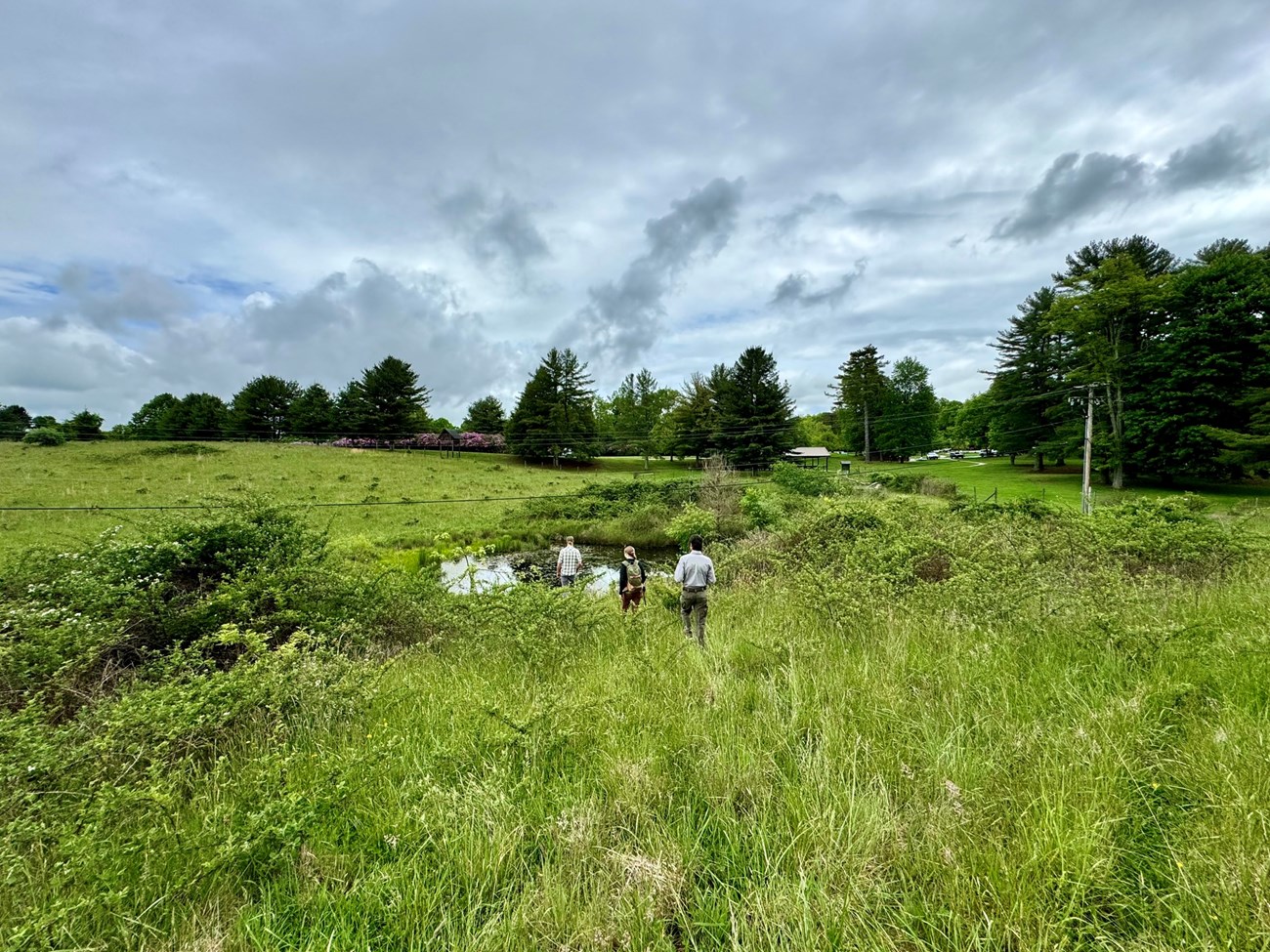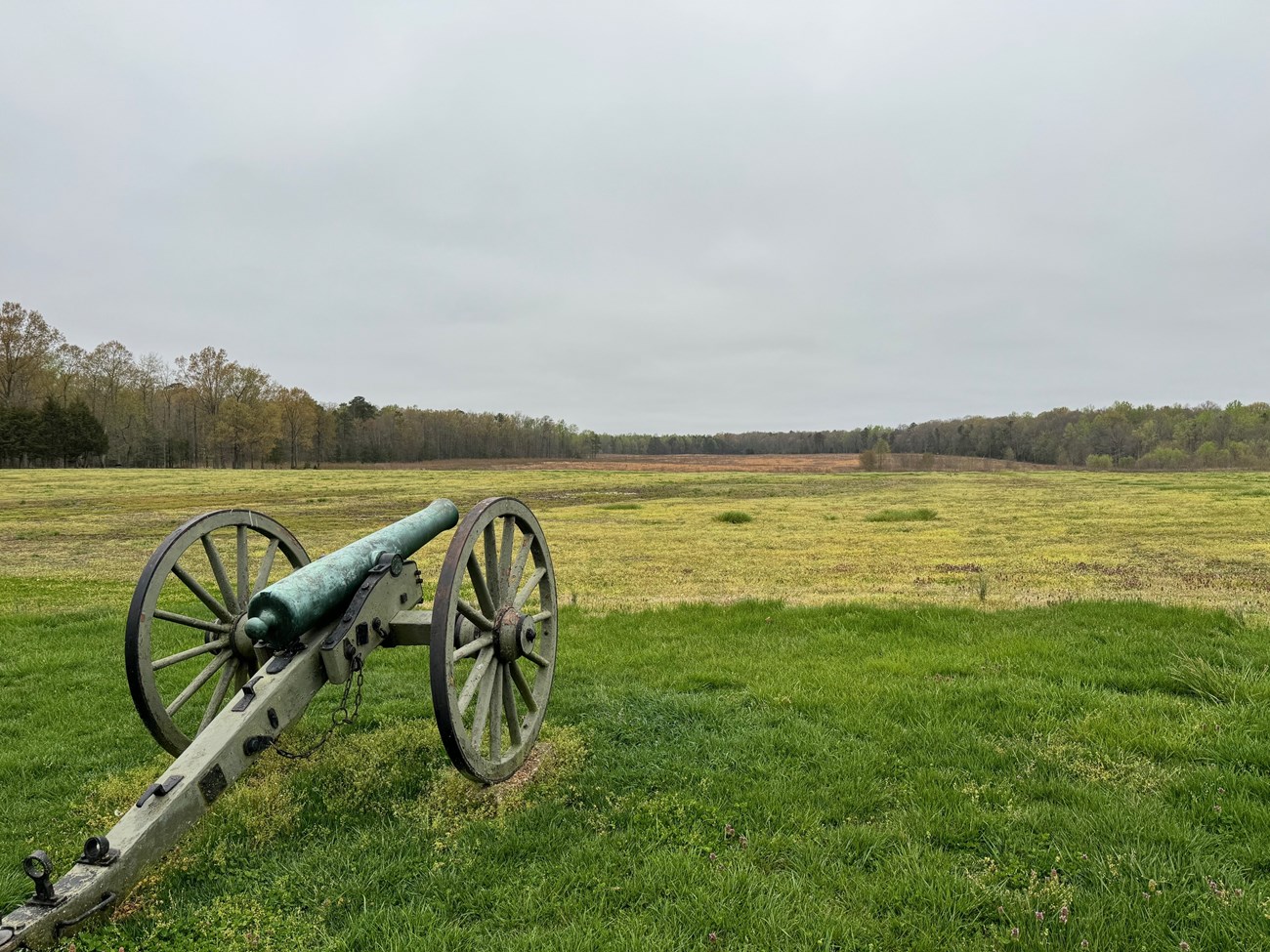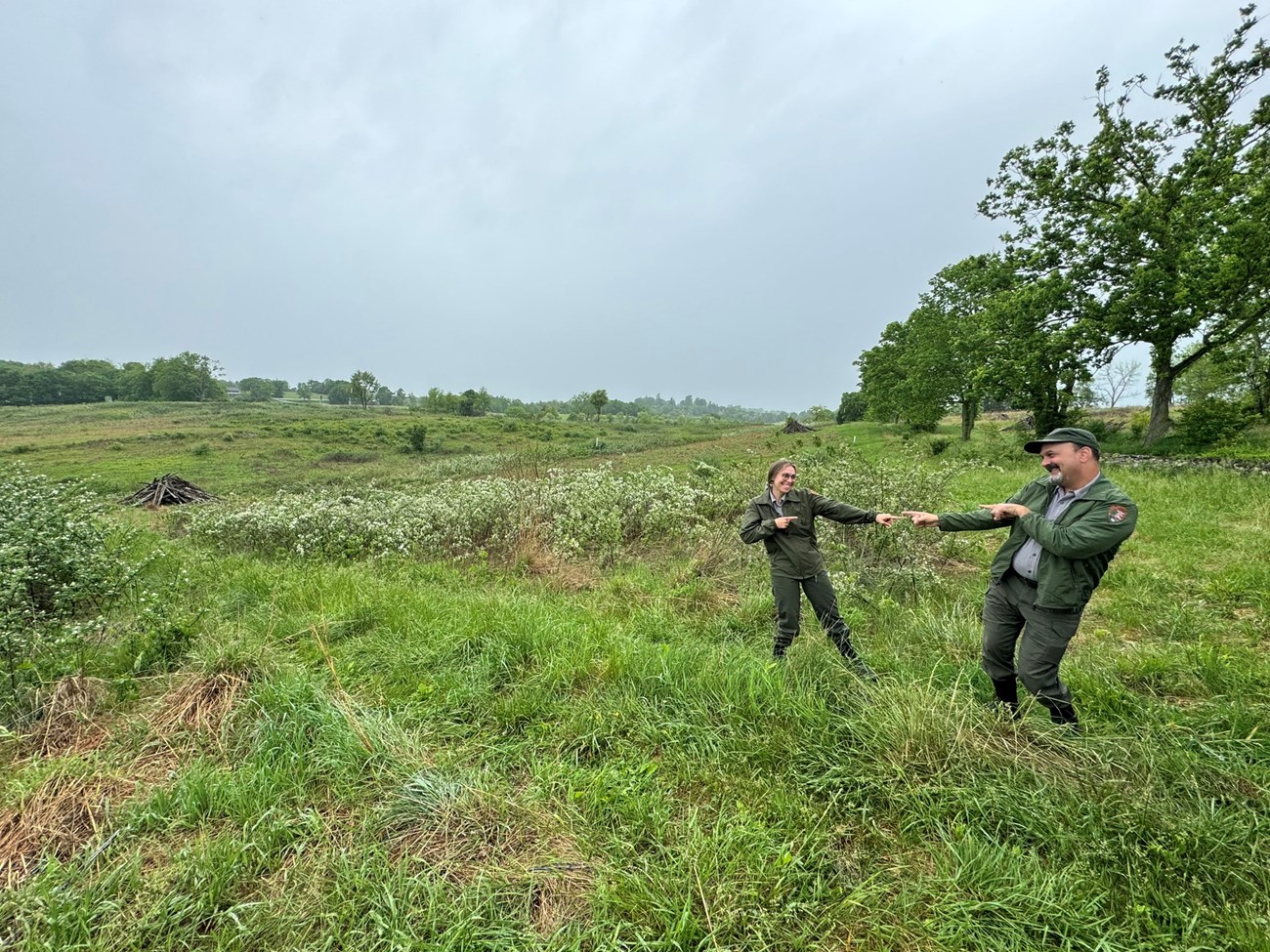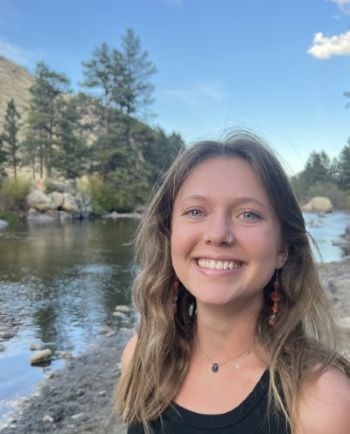Last updated: October 22, 2024
Article
Restoring essential grasslands in the East
“Grasslands are by far the most critically imperiled ecosystem in the United States.” - National Park Service ecologist, Dr. Dorothy Borowy.

NPS / Casey Reese
Since European colonization, more than 90 percent of grasslands in North America have been converted to other land uses.
To combat this loss, the National Park Service is embarking on a vast grassland restoration project across the eastern United States. With funding from the Bipartisan Infrastructure Law and the Inflation Reduction Act, the project is underway to protect this important natural resource in 35 parks from Mississippi to Maine – a major win not just for grasslands but for the numerous species that depend on them, including humans.
Often underappreciated, eastern grasslands are the most biodiverse ecosystem in North America. They provide shelter, breeding habitat, and food for essential pollinators and wildlife. Dr. Borowy said there is a domino effect with the decline of native grasslands. That decline is directly linked to a decline in wildlife.
“Plants are the basis of most food webs. So if you diminish the diversity of plants, you’re going to affect everything connected to them,” Dr. Borowy said. “The insects, the birds, the small mammals, the predators, everything will be impacted. Conserving and restoring grasslands is a vital step to safeguarding the myriad species dependent on them.”
Not only do these ecosystems benefit the natural world, but humans rely on grasslands for essential ecosystem services as well. Grasslands sequester approximately 34% of the global terrestrial carbon stock, mitigate soil erosion, enhance water quality, minimize run off into streams and provide fantastic outdoor recreational opportunities.
Beyond their ecological importance, grasslands hold historical and cultural value. Remnant grasslands are found on Revolutionary and Civil War battlefields. Indigenous tribes managed and used grasslands for hunting and gathering, cultural practices, and medicine. Grasslands are an integral part of North American history.

NPS / Casey Reese
Casey Reese, National Park Service regional biologist is the project manager for the eastern grassland restoration efforts covering three administrative regions. He said these projects will take place in stages: pre-intervention, site preparation, planting, and monitoring.
The pre-intervention stage consists of mass data collection. Scientists need to understand exactly what is going on in an ecosystems before any restoration can occur. They must ask, what species are present? Which are native or invasive? Which species have potential to thrive here?
Next is site preparation. Restoration experts will prepare the land for seed to be planted by removing invasive species, trees, and shrubs, which outcompete native grassland plants, through the use of herbicides, prescribed fires, and mechanical control measures. According to Deanna Boensch, natural resource program manager for Natchez Trace Parkway in Mississippi, Alabama, and Tennessee, this stage is critical.
“The key thing I've learned while doing restoration work is that site preparation is everything. It ensures that you set your site up for success,” she said.
Next, it is time to plant native seed. Past, present, and future characteristics of the land must be considered. Grasslands vary by regional features, park management, and land-use history. These factors influence how grasslands may respond to climate change stressors. So, each restoration site will receive a specialized mix of native seed species that are adapted to local conditions, are able to withstand future climate changes, and reflect the land's history.
“We are always trying to think about the project from multiple angles, including natural and cultural. We are challenged to think about the history we want to highlight through our selection of native seed,” Reese said.
For example, National Park Service cultural landscape management focuses on preserving a landscape's "physical attributes, biotic systems, and use when that use contributes to its historical significance", such as a battlefield. Slight management adjustments, such as delaying mowing practices, can help protect grassland birds, striking a better balance between the needs of the cultural landscape and those of the natural one.
Boensch experiences this balance at Natchez Trace Parkway as well.
“Natchez Trace Parkway commemorates an ancient trail system that spans multiple ecosystems and includes cultural sites both prehistoric and modern. This makes it really hard to separate natural and cultural resources. They are always intertwined,” she said.
After native seed is planted and on its way to becoming a bona fide grassland, the job is not done. The National Park Service scientists will use prescribed fires, mowing, and continued removal of invasive species to support diverse and healthy grasslands.
A crucial partnership with the Southeastern Grasslands Institute (SGI) will provide technical expertise and historical knowledge. The collaboration will support the return of these lands to native grassland habitats similar to those found in the east over 300 years ago.
"This project is incredibly important, not just because we are planting thousands of acres of grasslands back where they have been driven to functional extinction, but also because as we explore some of the national parks, we are discovering ancient grassland remnants that can be restored,” said Jeremy French, director of ecological restoration and stewardship for the SGI. “These intact but often times degraded remnants are incredibly biodiverse and harbor both state and globally rare plant species. These grassland remnants contain pieces of the original grassland flora of the east. Conserving the genetics and local ecotypes of plant species present in these remnants is key step towards restoring grasslands in the east."

NPS / Casey Reese
The goal for these projects is to treat 4,000 acres which ultimately will have benefits of over 10,000 acres of parklands. The changes will be robust, but gradual.
“I want to someday look out at these open spaces that are now landscapes of corn and soybeans, and see a grassland, a meadow, birds, butterflies, the whole picture, which will provide a better visitor experience along with needed historic and cultural preservation,” Reese said.
These and future investments, will help to bolster healthy ecosystems which benefit people, animals, plants, and their shared environments in native habitats, spaces for recreation and reflection, and memorials to our nation’s history.
“We want to take lands that were essentially stripped of their full ecological value and give them a biodiversity uplift,” Dr. Borowy said. “This makes them valuable not only to wildlife, but also to visitors and future stewards of the land.”

Clara Deforest Colvig is a recent graduate from Colorado State University. She works in the National Park Service’s Natural Resource Stewardship & Science Directorate through a Conservation Legacy individual placement.
